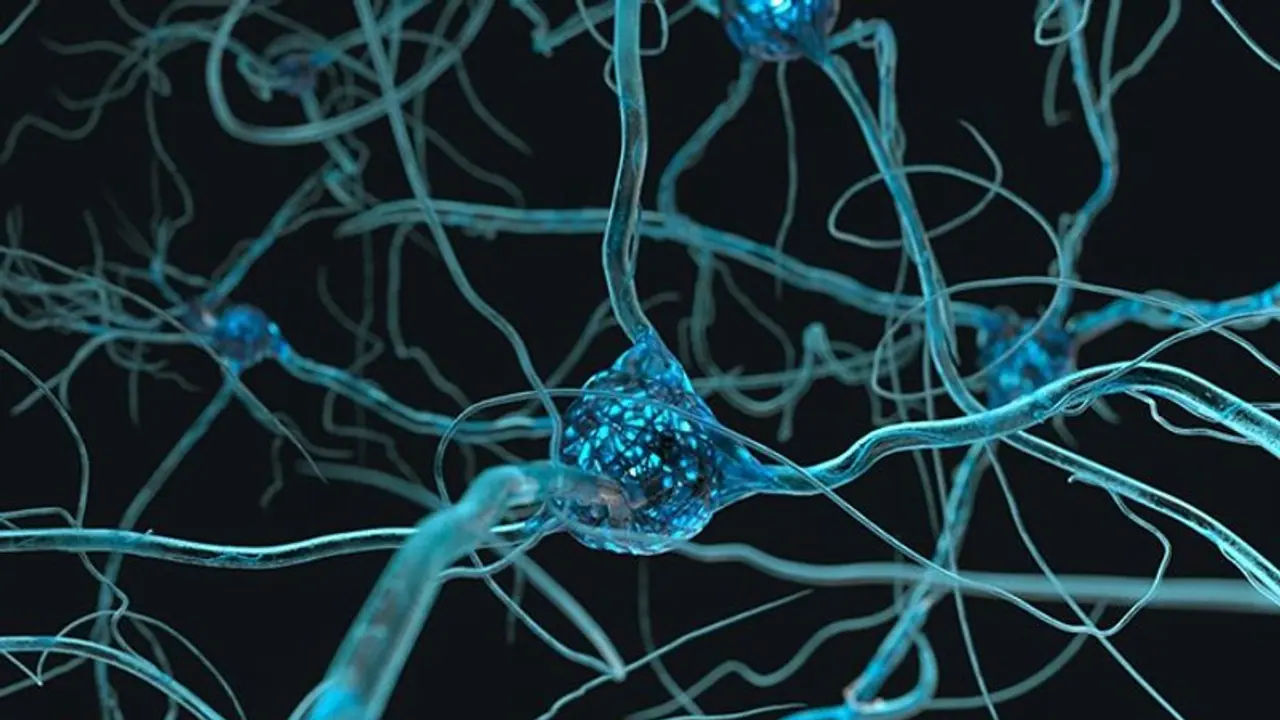The researchers grew mouse embryonic brain cells and some human brain cells derived from stem cells on top of microelectrode arrays that could stimulate and read their activity to experiment.
Scientists claim to have grown 800,000 brain cells in a lab that have learned to play the tennis-like video game Pong from the 1970s.

The study recently published in the journal Neuron demonstrated for the first time that brain cells living in a dish could perform goal-directed tasks.
The team, which includes Monash University, RMIT University, University College London, and the Canadian Institute for Advanced Research, will investigate what happens when drugs and alcohol affect their DishBrain.
To experiment, the researchers grew mouse embryonic brain cells and some human brain cells derived from stem cells on top of microelectrode arrays that could both stimulate and read their activity.
The frequency of signals indicated the distance from the paddle, while electrodes on the left or right of one array were fired to tell Dishbrain which side the ball was on.
According to the researchers, feedback from the electrodes taught DishBrain how to return the ball by instructing the cells to act as if they were the paddle.
"We've demonstrated that we can interact with living biological neurons in such a way that compels them to modify their activity, resulting in something resembling intelligence," said author Brett Kagan, Chief Scientific Officer of Melbourne-based biotech start-up Cortical Labs.
"DishBrain offers a simpler approach to testing how the brain works and gaining insights into debilitating conditions such as epilepsy and dementia," said Cortical Labs CEO Hon Weng Chong.
Scientists have been able to mount neurons on multi-electrode arrays and read their activity for some time, but this is the first time cells have been stimulated in a structured and meaningful way.
"In the past, models of the brain were developed based on how computer scientists believe the brain might work," Kagan explained.
"Typically, this is based on our current understanding of information technology, such as silicon computing. But, in reality, we don't know how the brain works," Kagan added.
Scientists can experiment with real brain function rather than flawed analogous models like a computer by building a living model brain from basic structures.
The researchers, for example, will next test to see what effect alcohol has on DishBrain.
"We're trying to create a dose-response curve with ethanol, basically get them 'drunk' and see if they play the game worse, just like people do when they drink," Kagan explained.
According to the researchers, this could pave the way for entirely new ways of understanding what is going on in the brain.
"This new ability to teach cell cultures to perform a task in which they exhibit sentience, by controlling the paddle to return the ball via sensing, opens up discovery possibilities with far-reaching implications for technology, health, and society," Adeel Razi, director of Monash University's Computational & Systems Neuroscience Laboratory, said.
The findings suggest developing an alternative to animal testing when studying how new drugs or gene therapies react in these dynamic environments.
"We've also demonstrated that we can modify the stimulation based on how the cells change their behaviour in a closed loop in real-time," said Kagan.
(With inputs from PTI)
Also Read: Genetically engineered pig heart successfully transplanted in brain-dead recipients in US
Also Read: 5 habits that can help improve your brain health
Also Read: Soldier's daughter, suffering from childhood deafness, gets rare brain implant at Army hospital
